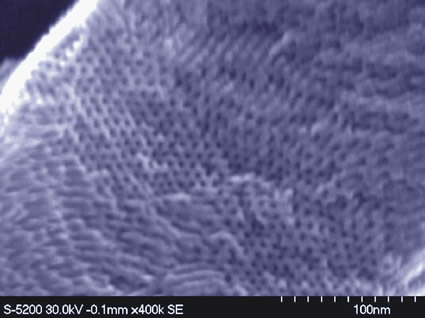A nanoscale material developed in Britain could one day yield wafer-thin cellphones and light-weight, long-range electric cars powered by the roof, boot and doors, researchers have reported.
For now, the new technology -- a patented mix of carbon fibre and polymer resin that can charge and release electricity just like a regular battery -- has not gone beyond a successful laboratory experiment.
But if scaled-up, it could hold several advantages over existing energy sources for hybrid and electric cars, according to the scientists at Imperial College London who developed it.
[...]
The new material -- while expensive to make -- is entirely synthetic, which means production would not be limited by availability of natural resources.
The carbon-polymer composite does not depend on chemistry, which not only means a longer life but a quicker charge as well.
[...]
As hard a steel, it could in theory double as the body of the vehicle, cutting the weight by up to a third.
Read more...
For now, the new technology -- a patented mix of carbon fibre and polymer resin that can charge and release electricity just like a regular battery -- has not gone beyond a successful laboratory experiment.
But if scaled-up, it could hold several advantages over existing energy sources for hybrid and electric cars, according to the scientists at Imperial College London who developed it.
[...]
The new material -- while expensive to make -- is entirely synthetic, which means production would not be limited by availability of natural resources.
The carbon-polymer composite does not depend on chemistry, which not only means a longer life but a quicker charge as well.
[...]
As hard a steel, it could in theory double as the body of the vehicle, cutting the weight by up to a third.







.png)





No comments:
Post a Comment